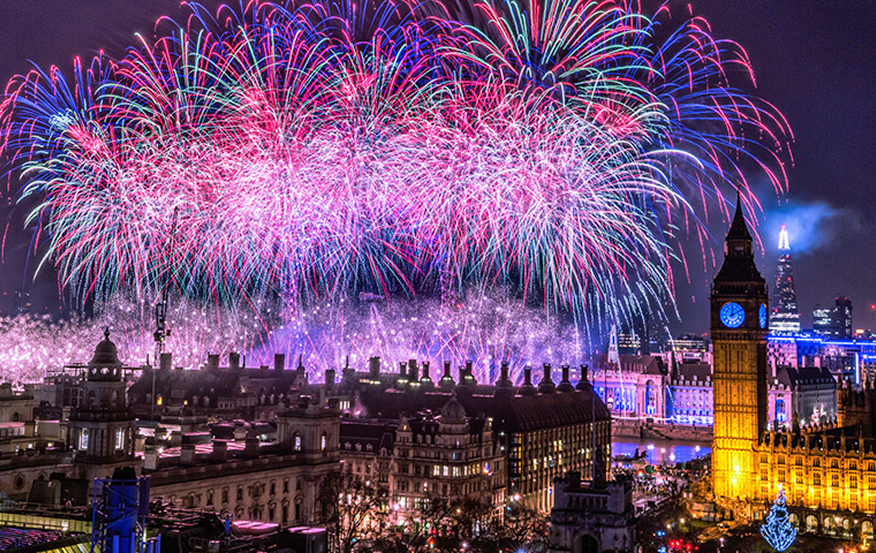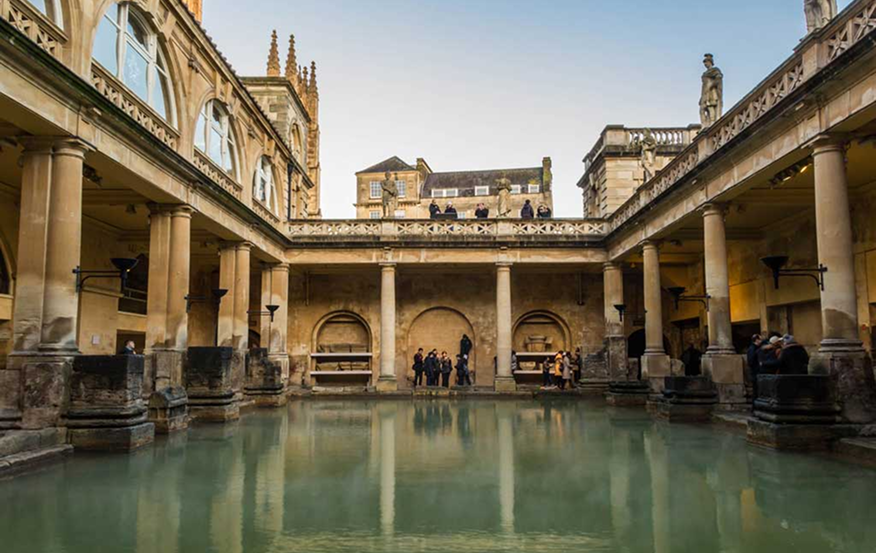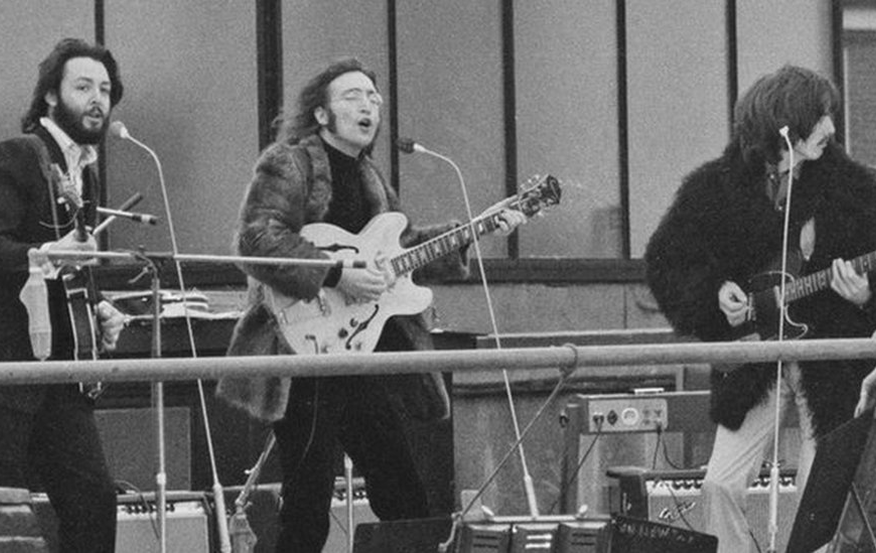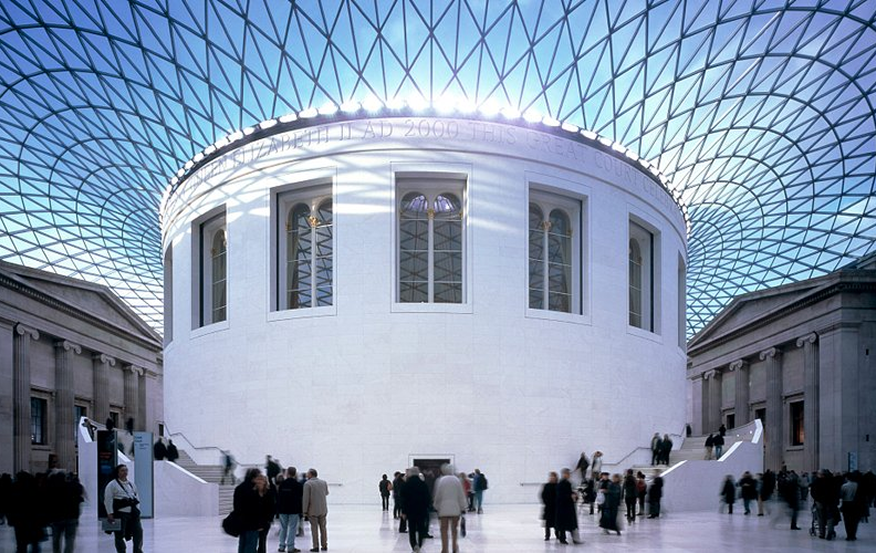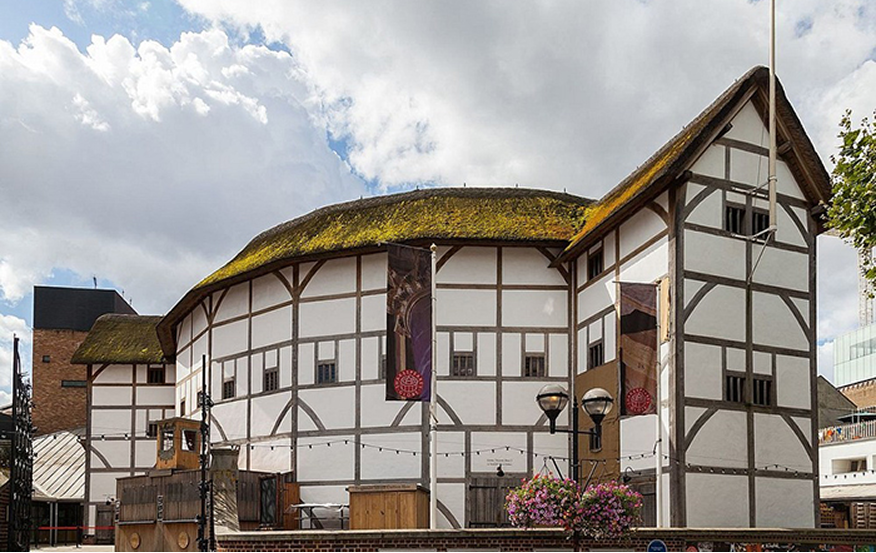The United Kingdom is a land steeped in history, culture, and tradition, and its festivals and holidays reflect centuries of social, religious, and seasonal practices. From ancient customs to modern celebrations, British festivals provide a fascinating window into the nation’s identity, blending local community spirit with national pride. Experiencing these events allows visitors to connect with the cultural heartbeat of the UK, whether through music, pageantry, food, or unique regional rituals.
1. New Year’s Celebrations and Hogmanay in Scotland
The New Year is celebrated across the UK with parties, fireworks, and gatherings, but in Scotland, the festival of Hogmanay holds a special significance. Rooted in ancient Celtic and Norse traditions, Hogmanay is more than just New Year’s Eve; it is a three-day celebration involving community, music, and ritual.
In Edinburgh, the Hogmanay Festival features torchlight processions, street parties, and spectacular fireworks over Edinburgh Castle. One unique custom is “first-footing,” where the first visitor of the new year brings symbolic gifts such as coal, whisky, or shortbread to bring good fortune. Across Scotland, villages and towns host local events, ceilidhs (traditional Scottish dances), and concerts, making Hogmanay a lively and deeply cultural experience.
2. Easter: Religious Tradition and Springtime Customs
Easter in the UK combines Christian observances with springtime customs. Many communities attend church services to commemorate the resurrection of Christ, while children and families engage in egg hunts and other festive activities.
A notable tradition is the Easter egg roll at various historic estates and public spaces, where children race decorated eggs down slopes, symbolizing rebirth and renewal. In England, chocolate eggs, hot cross buns, and other seasonal treats are central to celebrations. Easter also marks the start of spring festivals, with markets, fairs, and craft events celebrating seasonal change and local produce.
3. May Day and Beltane: Celebrating Spring
May Day, celebrated on May 1st, is one of the oldest festivals in the UK, with roots in pagan traditions honoring fertility and the arrival of spring. Traditional events include maypole dancing, where participants weave colorful ribbons around a tall pole in intricate patterns. Morris dancing, a form of English folk dance, is also common, featuring rhythmic stepping, sticks, and bells.
In Scotland, the festival of Beltane is celebrated on May 1st as well, particularly on the Isle of May and the Isle of Skye, marking the start of summer. Fire ceremonies, dances, and communal gatherings historically aimed to ensure fertility and protection for crops and livestock. Today, modern Beltane celebrations preserve much of the ritualistic charm, drawing both locals and visitors into participatory festivities.
4. Bonfire Night: Remembering the Gunpowder Plot
One of the most distinctive British holidays is Bonfire Night, also known as Guy Fawkes Night, observed on November 5th. The festival commemorates the failure of the Gunpowder Plot of 1605, when conspirators attempted to blow up the Houses of Parliament.
